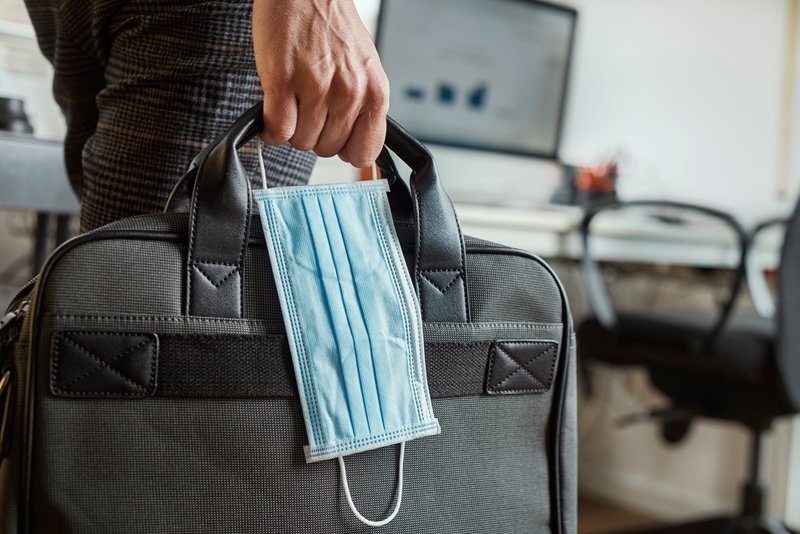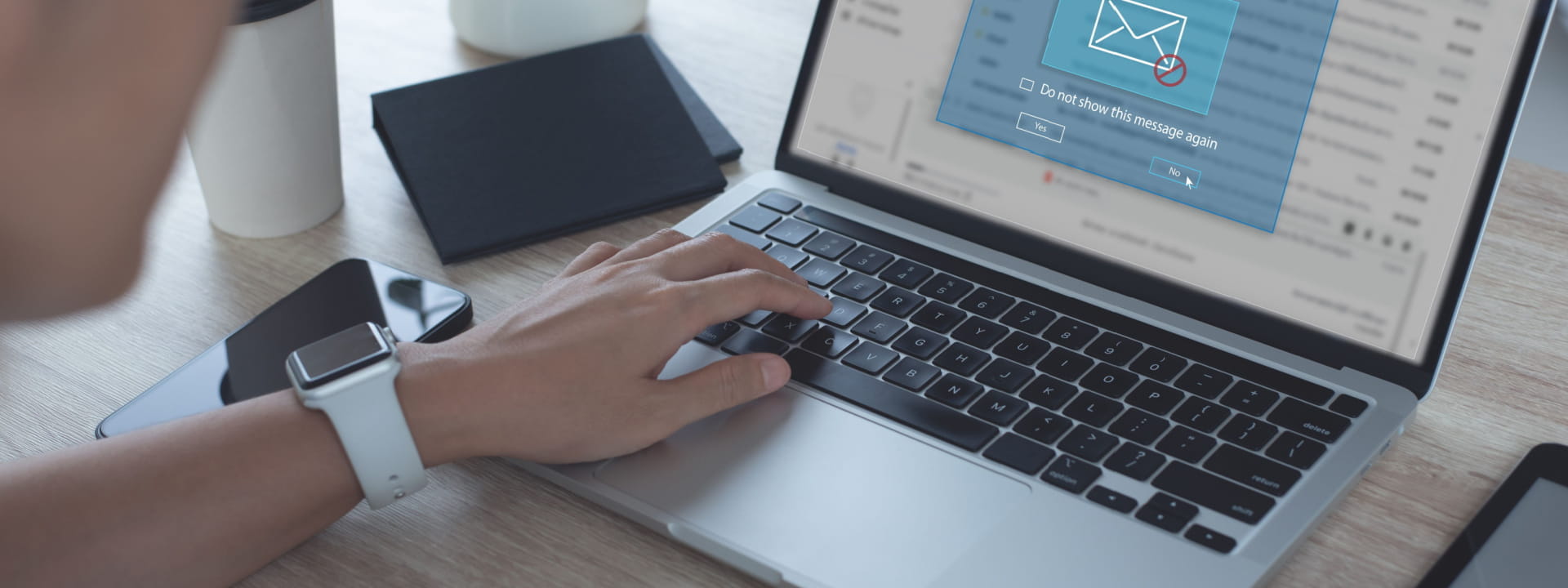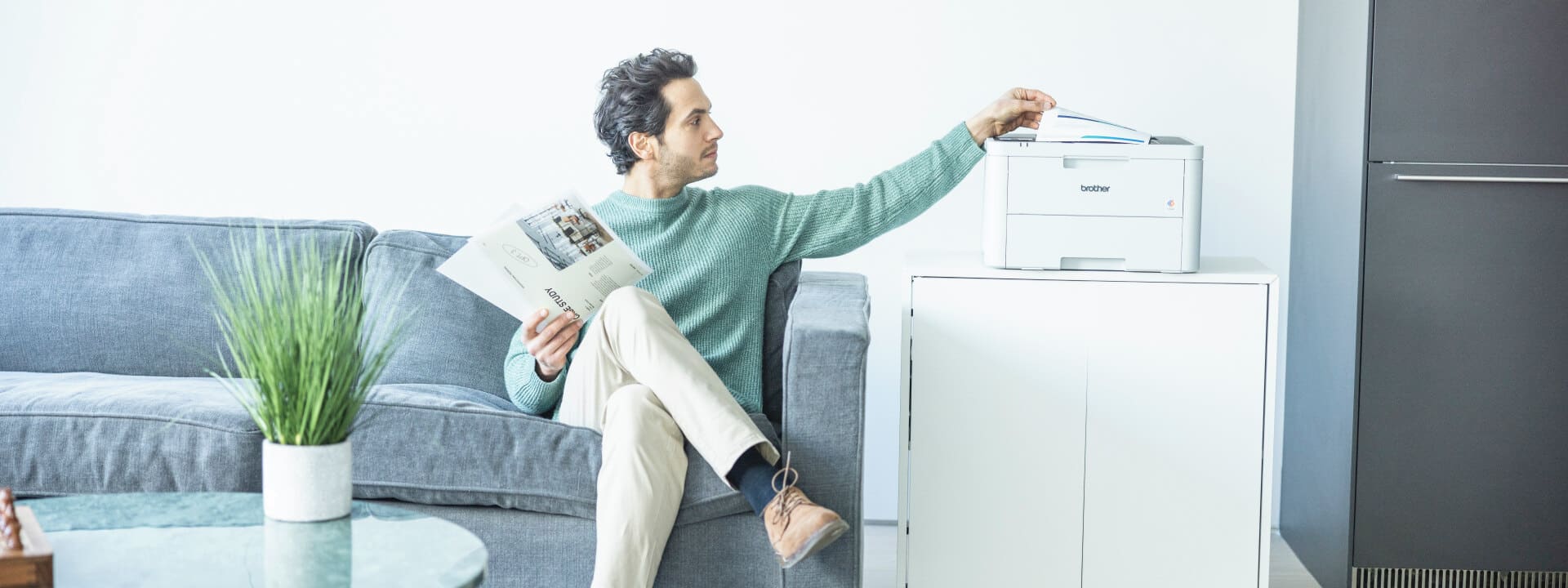
Companies across Australia are getting back to work, albeit at differing rates. No two states are facing the exact same scenario. For example, while Victoria locks down again, the NSW government is closely monitoring potential flare-ups in COVID-19 cases and attaining one of the world’s highest testing rates. Health Minister Brad Hazzard warned that future outbreaks are possible, not just in cases imported from across state or international lines but from local individuals experiencing mild symptoms who are unaware they are infected. In this environment of heightened caution, companies are working a little differently.
With more workers staying home and those going into offices following new rules to avoid unnecessary physical proximity, every part of the daily routine is undergoing changes, some drastic and others subtle. Companies dealing with these adjustments can change their strategies to compensate. For example, businesses facing reduced demand for high-volume office printers can use the present moment to adopt a highly efficient new balanced deployment of printing, scanning and copying devices.
Coping with the COVID-19 era
Before focusing on specific areas of business such as printing management, it’s worth taking a look at the general guidelines for offices in the pandemic era. The NSW government requires safety plans that involve measures such as keeping workers safely apart from one another, meaning a distance of at least 1.5 metres. This even applies during meal breaks. Wherever possible, meetings are to be handled remotely, and people who wish to work from home or other remote locations should be supported in these efforts.
WorkSafe Victoria’s recommendation are generally in line with NSW’s, with the added stipulation that employers speak with health and safety representatives and their own employees to create tailored plans. WorkSafe Queensland notes that COVID-19 preventive measures for individuals are similar to anti-flu techniques, and recommends that employers keep reminding workers of proper hygiene via measures such as posters.
Offices should assign workers to specific workstations to ensure different people are not occupying the same desks in rapid succession. The government’s suggested plan states that in situations where it’s not possible to have the same person at the same desk each day, personnel should disinfect the surfaces in the work area between occupants. Offices should have sufficient stocks of hand sanitiser, disinfectant wipes, soap and paper towels to ensure employees never have to go long without cleaning their hands or disinfecting an object that needs it.
Reducing direct contact wherever possible is a serious priority, with contactless receiving of deliveries becoming the norm and break times being staggered to ensure employees aren’t congregating in public spaces. While these measures can seem like a lot to take in at once, they are necessary parts of a strategy to keep people safe. The fact that in-person offices in the state are able to operate at all is down to the successful application of health and safety practices.

How print practices are changing
Running a physically distanced office can have an impact beyond the direct changes such as increased cleaning or staggered lunch breaks. Considering the way people print, scan and copy documents in the new workplace is an instructive example. Furthermore, leaders who think closely about the new state of printing can optimise their practices so they are handling related processes in an efficient and cost-effective way. Changes made now can pay off even as restrictions continue to loosen, as the push toward a balanced print deployment falls in line with overall workplace trends.
Keypoint Intelligence recently released a study questioning the ways in which print device deployment can and should change to be more useful for a COVID-era workforce. Keypoint Intelligence noted that centralised multi-function print devices are the kinds of shared items that have to be disinfected often under present guidelines and their usage would typically bring workers too close to one another. While spreading out the lines for communal printers with floor markings and adopting tech such as mobile apps to release print jobs can decrease the risk of using centralised printers, decentralising processes is a more direct solution to the problems raised by traditional printing.
Print volumes are falling – with more people working from home and many workflows going all-digital, the era of the large printer was coming to an end even before the pandemic accelerated these trends. Moving from a large freestanding device used by dozens of employees to small, efficient printers spread throughout the office, companies can discourage workers congregating while also giving each “pod” of print users a device that more closely mirrors their own departments’ needs.
Organisations have already committed to printers for personal use, with sales of smaller A4 printers rising while large-scale A3 usage is falling, according to Keypoint Intelligence. This is a promising sign for businesses pondering A4 use as a COVID prevention measure. The same method they’re using to fight the spread of the virus fits into overall efficiency-boosting trends for printing.

Sensible decentralised print strategies for today’s companies
The advantages of pod-based decentralised printing strategies are numerous, with companies gaining everything from efficiency to privacy from this new approach. For instance, when a printer is not located in a central area, it is safer to print confidential or private information on that device with less risk of accidental exposure. Furthermore, the model in which workers have to form a queue to retrieve their print jobs from a central printer isn’t just a physical distancing risk factor, it is simply inefficient, with teams having to congregate from around the office. Simply printing on a decentralised printer located near an employee’s workstation is a more elegant approach.
Leaders who don’t want to make major investments in toner for A3 printers, and who are worried that a mechanical failure or ink outage for the centralised printer will bring productivity to a standstill, can resolve their issues with a decentralised and balanced approach to deployment. The fact that the latter strategy is also better suited to obeying government directives on COVID-19 prevention simply means they don’t have to wait to adopt the strategy.
Companies can maximise their new print approaches with the right Managed Print Services (MPS) experts to oversee matters such as balanced deployment of devices and the use of appropriate print management software as well as support and maintenance as needed. While running an office during the era of COVID-19 is undoubtedly challenging, there are ways to optimise everyday processes such as printing that will pay off in the long and short term.
Reach out to a Brother expert today to discover the ideal print approach for your office as Australia continues its journey to reopening.





